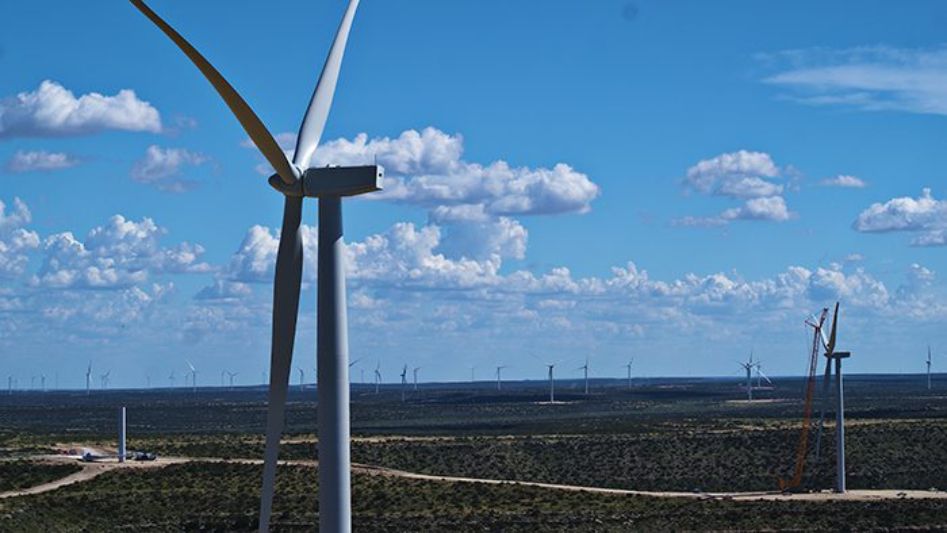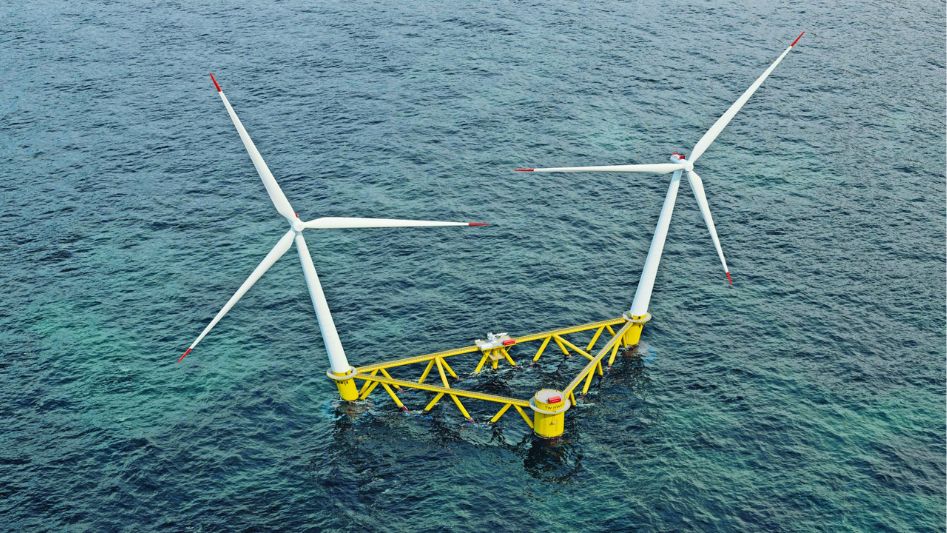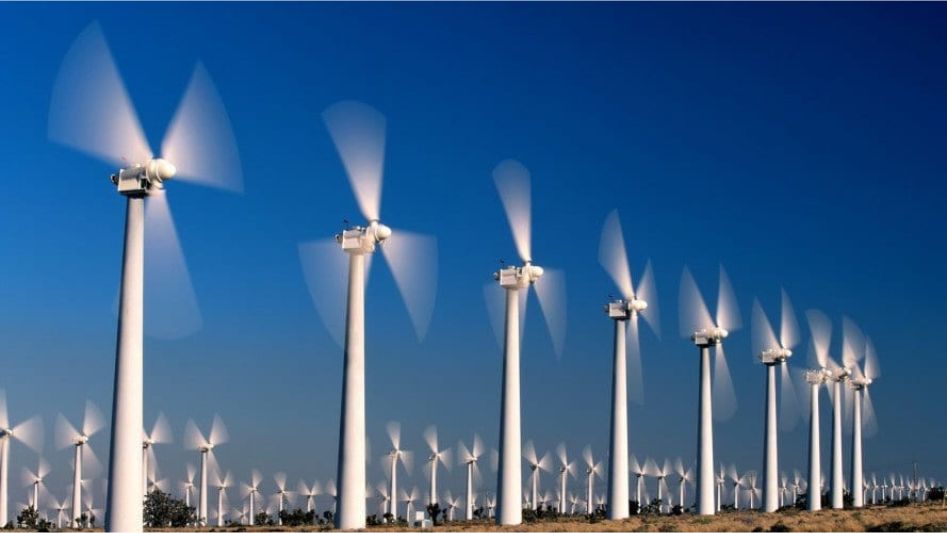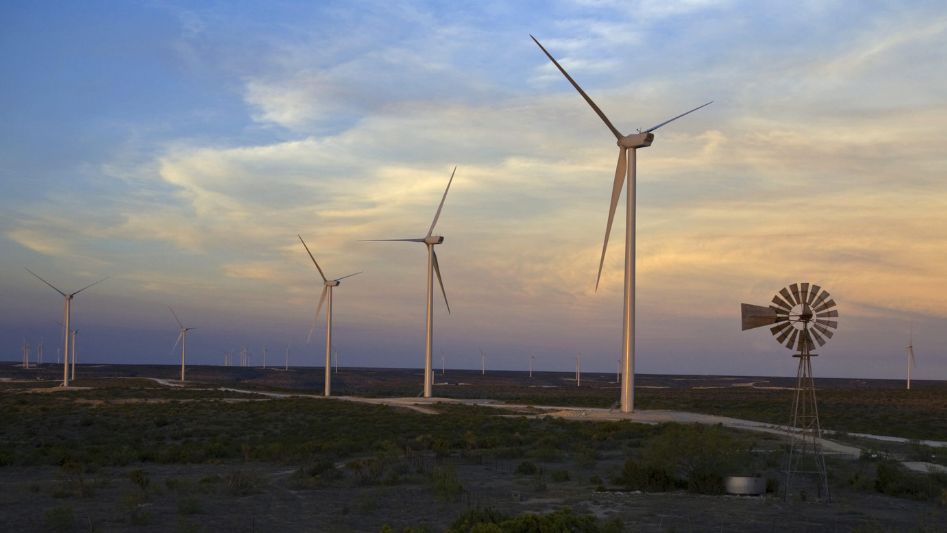The government of Singapore Explores the possibility of developing a hybrid renewable energy system to provide sustainable power from wind, solar, tidal and wave sources.
Table Of Content
There are a lot of people living in Singapore, yet there is not a lot of land available to put solar panels and wind turbines on. However, it does have a significant amount of ocean that is open to the south in the Singapore Strait. To power its economy in a way that is reliable, consistent, and trustworthy, what it really wants is energy that comes from renewable sources.
We invite you to read: “How Large Is This Hybrid Solar & Wind Energy Facility In Europe?”

Keppel Infrastructure, the National University of Singapore, and Nanyang Technological University will work together to conduct a study to determine whether or not those waters can be used to create a hybrid renewable energy system for Singapore that combines offshore wind, floating solar, tidal, and wave power. The goal of the study is to determine whether or not those waters can be used to create such a system. The three groups intend to build and implement a pilot system with at least 100 megawatts (MW) of capacity for renewable energy, which has the potential to be scaled up in the future if it is decided that the concept can be made to work. According to a report that was published in the Straits Times, the objective is to carry out the invention throughout other regions in Asia and beyond once the revolutionary method has been successfully implemented in Singapore.
All Of The Above For Singapore
The system would be made up of modular solar platforms that float in the water and have the ability to incorporate various renewable energy technologies such as wind turbines, tidal energy turbines and paddles, and ocean wave energy conversion devices.
An offshore testing location in the waters around Singapore will be investigated as part of this project. According to the three parties, using energy systems that are complementary to one another allows for continuous power output to be given around the clock while also lowering the amount of marine area that is required for operations.
“With limited land space in Singapore, moving into offshore waters allows us to harness the potential for more diverse renewable energy sources,” said Cindy Lim, CEO of Keppel Infrastructure.She went on to say that this will help Singapore shift to a more environmentally friendly energy mix while also improving energy security. A memorandum of understanding about the study was signed on Thursday at the Asia Clean Energy Summit 2022, which was held at Marina Bay Sands as part of the Singapore International Energy Week.
We invite you to read: “Massive Support For Onshore Wind Energy Projects In The UK”

According to Keppel Infrastructure, the partnership will leverage its expertise in the development and operation of efficient and reliable energy and environmental infrastructure, electricity retailing, and the development of end-to-end low-carbon solutions, including renewable energy systems. Keppel Infrastructure said that the partnership will leverage its expertise in developing and operating efficient and reliable energy and environmental infrastructure.
Both the NUS Solar Energy Research Institute and the Energy Research Institute at NTU will contribute their expertise in a variety of areas, including pontoon-based floating solar structures and their integration with other ocean renewable energy systems, as well as how to overcome the challenges of high wind and wave forces on the mooring and anchoring system. These are just some of the areas in which their knowledge will be utilised.
Professor Madhavi Srinivasan, the executive director of the NTU institute, stated that the implementation of the renewable energy system in offshore environments will be met with obstacles such as the growth of microorganisms on submerged structures and corrosion. She stated that “we possess both the specialised knowledge and the relevant experience that will be essential in resolving such difficulties.”
Conclusion
Every country and place on the globe has its own distinctive typeface as well as cultural norms and preferences. What is successful in the plains of Spain might not be successful in Singapore, Sumatra, or Saskatoon. We have written about wave energy and tidal energy systems, both of which have not yet achieved the kind of efficiency in producing energy that might make them appealing to a wide range of potential customers. Wave energy and tidal energy systems both have a long way to go before they can compete with other forms of renewable energy. But only Singaporeans truly understand their own country. If this three-way partnership is successful in giving a steady supply of renewable energy to the island nation, the “all of the above” strategy for developing clean power may attract a new set of supporters.
We invite you to read: “Google Buys 43MW of Wind Energy While Saving Birds”
FAQs
Which type of energy is going to be the most beneficial for Singapore?
The United States has the largest potential to benefit from solar energy as a source of renewable energy for the creation of electricity. Solar energy is not only environmentally friendly but also helps to ensure Singapore’s energy independence by not producing any emissions.
Why did Singapore decide to construct one of the largest solar farms in the world?
This was done as part of Singapore’s drive to find novel approaches to incorporating solar energy systems into the built environment of the country. The Public Utilities Board also utilised the testbed to undertake feasibility and environmental studies on large-scale floating solar deployment. It examined a variety of solar photovoltaic (PV) systems and the effect that each of them had on the quality of the water.
Which different kinds of energy sources does Singapore make use of?
The use of primary energy in Singapore is led by petroleum and other liquids, which account for 86% of the total, followed by natural gas, which accounts for 13%. The remaining one percent of primary energy usage comes from coal and other forms of renewable energy sources combined. In the year 2020, the total amount of energy that was used in Singapore was 3.24 quadrillion British thermal units.
You May Also Like
- 9 Cool Innovations In Wind Energy
- The Future of Wind Turbines? No Blades
- Vertical Axis Wind Turbines Will Dominate The Floating Offshore Wind Market
- Wind-Powered Cargo Ships: How Do They Work?
- The Great Clean Energy Acceleration: All You Need to Know
External Links
- Singapore sets sights on utility-scale floating hybrid renewable energy system
- Singapore Explores Hybrid Wind, Solar, Tidal, And Wave Energy System & More Trending News
- MOU to study and develop floating new hybrid renewable energy system
- Keppel, NUS, and NTU to develop utility-scale floating hybrid renewable energy system
- Group explores hybrid floating solar, wave, tidal, wind project


